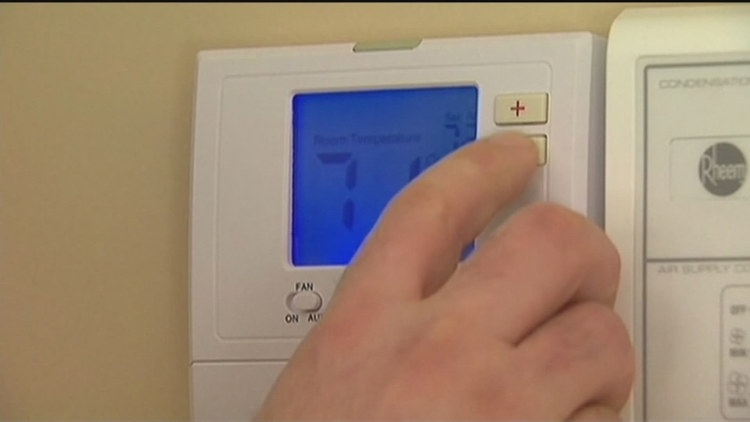ATLANTA — Born and raised in Georgia, Javon Dennis is used to the summer heat. But he's among those not used to the increases he's seeing in his recent Georgia Power bill.
"I know it's summer time and everything," he said. "We're used to paying 75 dollars a month, but we're looking at 200 a month, so there's definitely a spike going on, and I just want to know why."
Dennis among those who reached out to 11Alive with questions. Some residents told 11Alive they're seeing bills double to as much as $800.
In separate statements, both Georgia Power and the Georgia Public Service Commission pointed to increases with summer rates and increased usage from June through September.
For the typical resident, the first 650 kilowatt-hour used in the summer costs slightly more than the winter rate, a spokesperson from Georgia Power said. Yet, the cost does rise when you use beyond that amount due to the increased cost to produce or purchase the amount of energy needed during peak times.
According to the commission, there are also various riders applied to the rates, including the Environmental Compliance Cost Recovery Rider and the Demand Side Management Rider, both of which they said are clean energy and efficiency programs. A Fuel Cost Recovery increase of 17.6% was implemented last June and "is pursuant to Georgia statute and is a pass-through charge for the cost of the fuel with no profit to Georgia Power."
"People on Nextdoor, Facebook and Reddit are shocked that their bills are hundreds of dollars more than they expected," said Patty Durand, a former candidate for the commission who is part of a group that's challenging commissioner term lengths.
Durand and others also say the new Plant Vogtle is a reason for rising costs, claims which 11Alive took back to both Georgia Power and the commission.
Consumer costs did increase in May when Unit Four at the nuclear plant went online. The cumulative increase, as approved back in December, adds up to $14 per month for the typical resident. That adds up to roughly $168 more a year.
Per the commission, there have been five rate changes since January 2023, including Vogtle changes, while inflation is also a factor in increased costs.
"Georgia Power knows energy is a key part of every family’s budget, which is why we work so hard to keep prices as affordable as possible as well as share resources and tools that can help customers manage energy use and stay comfortable while saving money, select among rate options that better fit their lifestyle and budget, and find energy assistance when needed," the company's official statement reads.
Georgia Power pointed to www.GeorgiaPower.com/MyEnergy as a way for customers to explore all these options.
Residents who are surprised by their bills can also check comparison periods to see if there are pricing changes or variations between off-peak pricing to on-peak pricing. Customers can also check their usage between bills and the time period covered by the most recent bill (it's possible a bill could show two-months of serviced depending on the latest payment).
RELATED: Georgia Power customers could be eligible for lower bills through expanded assistance program
11Alive also asked where bills are pro-rated when the seasons change and rates switch from off-peak to on-peak rates. Georgia Power supplied the following information:
- For customers who have chosen a “time-of-use” rate, then yes, they will be charged based on when they use the energy, which would include different billings based on the month (and time-of-day) where the usage took place, and if it spanned May/June, for instance, it would be divided accordingly based on when the power was used.
- For customers on the standard residential service rate, then we don’t necessarily bill them for each particular day’s usage, but the total used across the monthly billing cycle. Each customer on the standard rate receives just four months under the peak pricing and nine months under the non-peak pricing, as has always been the case. In other words, a customer billed in June could have May usage included at the summer-peak pricing, however, that same customer billed in October, for September usage, is billed entirely at the off-peak rate, so the 4-month/9-month division is still maintained).
More information on rate plans and the company's assistance program can be found online.



